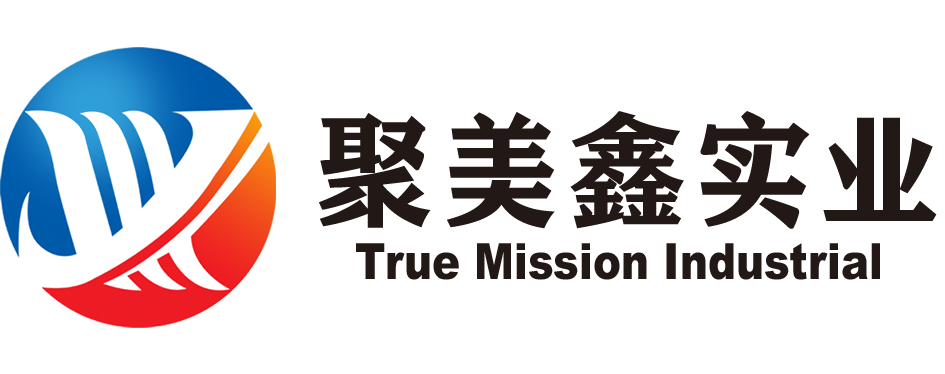Is diaper business profitable?
Market Overview of the Diaper Business
When considering the market overview of the diaper business, it is important to understand the size and growth trends of the industry. Population growth and increasing disposable incomes contribute to the steady diaper demand. Additionally, consumer preferences for eco-friendly options have led to the rise of sustainable diaper products. As an entrepreneur, it is crucial to explore the various types of diapers and develop effective distribution and marketing strategies to tap into this profitable market.

Market Size and Growth Trends of the Diaper Industry
The diaper industry is experiencing significant growth, with a projected market size of USD 99614.59 million by 2027. The market is expected to expand at a CAGR of 8.29% during the forecast period. Factors such as the increasing population and rising disposable incomes drive the demand for diapers. Additionally, the growing preference for eco-friendly options fuels the market’s growth. As an entrepreneur, this presents a profitable opportunity to tap into the diaper industry.
Factors Influencing the Diaper Market
Several key factors influence the diaper market. Population growth plays a significant role, as more babies and elderly individuals create a higher demand for diapers. Disposable incomes affect consumer purchasing power and their ability to afford diapers. Thirdly, consumer preferences for convenience and ease of use also impact the market, with disposable diapers being favored for their convenience. Finally, environmental consciousness drives the demand for eco-friendly diaper options, reflecting a shift towards sustainable and greener solutions.
Start-Up Costs and Investment in the Diaper Business
Starting a diaper business requires careful financial planning. Before launching your venture, you need to consider various start-up costs. These costs can vary depending on factors such as the size of your operation, product quality, packaging, and target market. A diaper production business’s average start-up costs range from $100,000 to $350,000. It’s important to comprehensively understand these expenses to create an accurate budget and avoid any financial surprises.
Initial Investment Required for a Diaper Business
To start a diaper business, you will need an initial investment of at least $10,000 to $20,000. This capital will cover expenses such as equipment, raw materials, packaging, marketing, and initial inventory. It’s important to have enough funds to ensure a smooth start and meet the demands of your target market. Proper financial planning is crucial to ensuring the success of your diaper business.
Operational Costs and Profit Margins
You must consider operational costs such as manufacturing equipment, raw materials, packaging, and labor. These costs can vary depending on the scale of your diaper business. Profit margins in the diaper industry can be quite lucrative, especially if you can optimize your production processes and efficiency. However, it’s important to remember that competition and market dynamics can impact your profit margins.
Types of Diapers to Consider in the Business
There are a few options when considering the types of diapers for your business. Disposable diapers are a popular choice for their convenience and ease of use. They are made to be thrown away after use, making them a convenient choice for busy parents. Cloth diapers, on the other hand, are reusable and more environmentally friendly. They require washing and drying but can be cost-effective in the long run. Additionally, eco-friendly diapers have gained popularity due to their sustainable materials and biodegradable features. Consider the needs and preferences of your target audience when deciding which types of diapers to offer in your business.
Disposable Diapers vs. Cloth Diapers
Disposable and cloth diapers are two popular options for your diaper business. Disposable diapers offer convenience, as they can be thrown away after use. They are also more absorbent and breathable than cloth diapers. On the other hand, cloth diapers are reusable, eco-friendly, and gentler on sensitive skin. They require washing and may take more time for maintenance. Consider the preferences of your target audience when deciding which type to offer.
Eco-Friendly Diapers and Consumer Preferences
Consumers today are increasingly concerned about the environmental impact of products, including diapers. They are actively seeking eco-friendly options that align with their values. By offering eco-friendly diapers, you can tap into this growing market and attract environmentally conscious customers. Sustainable materials, such as organic cotton and biodegradable materials, can appeal to consumers who prioritize reducing waste and minimizing their carbon footprint. Make sure to highlight the eco-friendly features of your diapers to attract and retain these environmentally conscious customers.
Distribution and Marketing Strategies for a Diaper Business
To successfully distribute and market your diaper business, consider partnering with retailers and online platforms to reach a wide customer base. Utilize effective marketing channels such as social media, parenting forums, and targeted online advertising campaigns. Offer promotional deals, discounts, and loyalty programs to attract and retain customers. Additionally, conduct market research to understand consumer preferences and tailor your marketing strategies accordingly.
Effective Marketing Channels for Diaper Products
When it comes to marketing your diaper products, there are several effective channels you can utilize. Social media platforms, such as Facebook and Instagram, allow you to reach a wide audience of parents and caregivers. Parenting forums and online communities are great channels for engaging with your target market. Additionally, targeted online advertising campaigns can help you reach potential customers looking for diaper products. Consider partnering with influencers and mommy bloggers to promote your brand and product. Overall, leveraging these marketing channels can help increase awareness and drive sales for your diaper business.
Retail vs. Online Sales Approaches
Regarding retail vs. online sales approaches for your diaper business, there are important factors to consider.
In a retail setting, you have the advantage of face-to-face interaction with customers and the ability to showcase your products in-store. This can help build brand loyalty and trust.
On the other hand, online sales offer convenience and accessibility for busy parents who prefer to shop from the comfort of their own homes. With online platforms, you can provide a wide range of product options and reach a larger audience.
Ultimately, the decision between retail and online sales will depend on your target market, budget, and overall business goals. Combining both strategies may be beneficial to maximize your reach and profitability.
Challenges and Opportunities in the Diaper Business
Competition in the diaper industry can be intense, so standing out from other brands can be challenging. However, there are opportunities for innovation and differentiation. Sustainable and eco-friendly diapers are increasingly in demand, as parents become more conscious of their environmental impact. By focusing on sustainability and offering innovative features, you can distinguish your diaper business and attract eco-conscious consumers.
Competition Analysis and Brand Positioning
You must conduct a thorough competition analysis to succeed in the diaper business. Identify your competitors and their strengths and weaknesses. This will help you determine your unique selling proposition and differentiate your brand. Position your brand as offering superior quality, innovative features, or sustainable options. Use effective marketing strategies to communicate your brand positioning and attract target customers.
Sustainability and Innovation in Diaper Manufacturing
Sustainability and innovation are crucial in diaper manufacturing. You need to prioritize environmental consciousness by using biodegradable and compostable materials. By addressing disposal concerns, you can minimize the industry’s environmental impact. Embrace new technologies and processes to create innovative and eco-friendly diaper designs. This will help you meet the growing demand for sustainable products in the market.
Conclusion
In conclusion, the diaper business can be profitable if you carefully consider market trends, invest in eco-friendly options, and implement effective distribution and marketing strategies. However, it is important to acknowledge the inherent risks and challenges associated with the industry. By staying updated on sustainability and innovation in diaper manufacturing, you can position your brand for success and meet consumer demands for environmentally conscious products.
Key Factors for Success in the Diaper Business
To succeed in the diaper business, you must focus on a few key factors. Firstly, understanding your target audience’s needs and preferences is crucial. This will allow you to develop and offer high-quality diapers that meet their requirements. Secondly, effective branding and marketing strategies will help you build brand awareness and attract customers. Lastly, maintaining cost-control measures and efficient operations will contribute to profitability.
Tips for Entrepreneurs Considering the Diaper Industry
- Research the market thoroughly to understand consumer preferences and purchase patterns.
- Identify a unique selling proposition to differentiate your diaper brand from competitors.
- Develop strong relationships with suppliers to ensure a consistent and reliable diaper supply.
- Invest in quality control to maintain high product standards and customer satisfaction.
- Create a strong online presence through a user-friendly website and social media platforms.
- Consider eco-friendly options to appeal to environmentally conscious parents.
- Stay updated on industry trends and innovations to stay ahead of the competition.
- Collaborate with healthcare professionals and parenting influencers to build credibility.
- Offer personalized customer support to build trust and loyalty.
- Continuously gather customer feedback to improve your products and address any issues.









